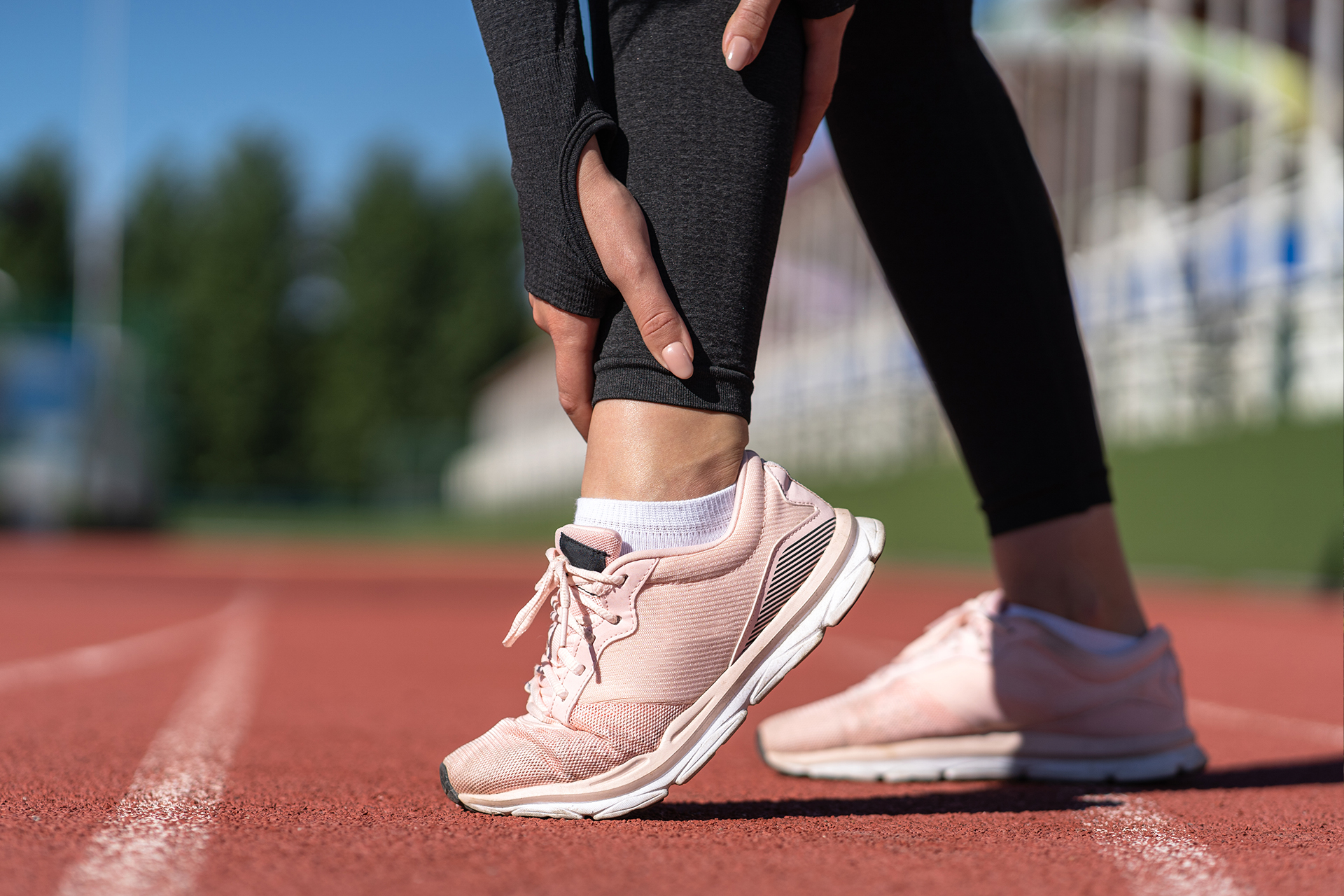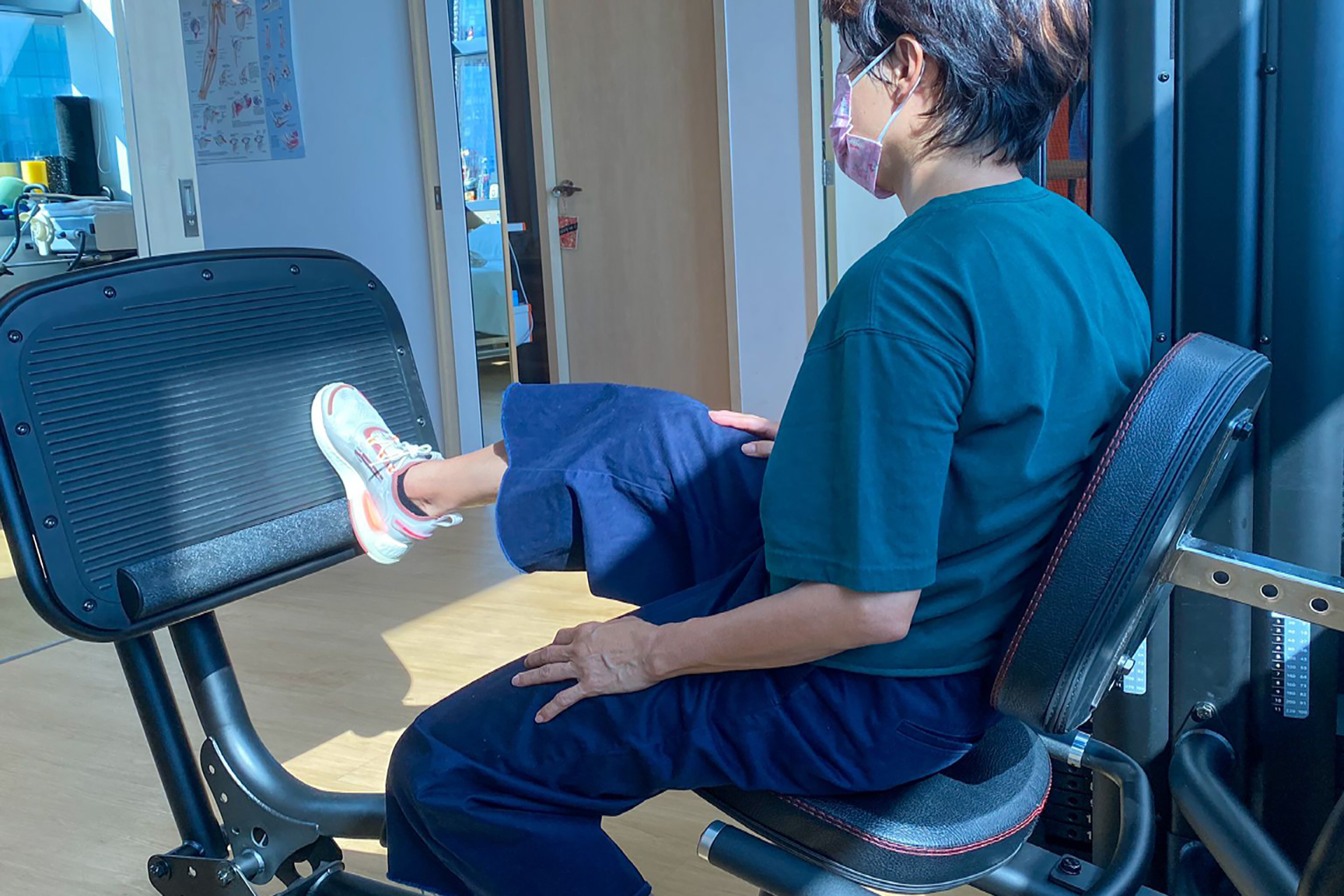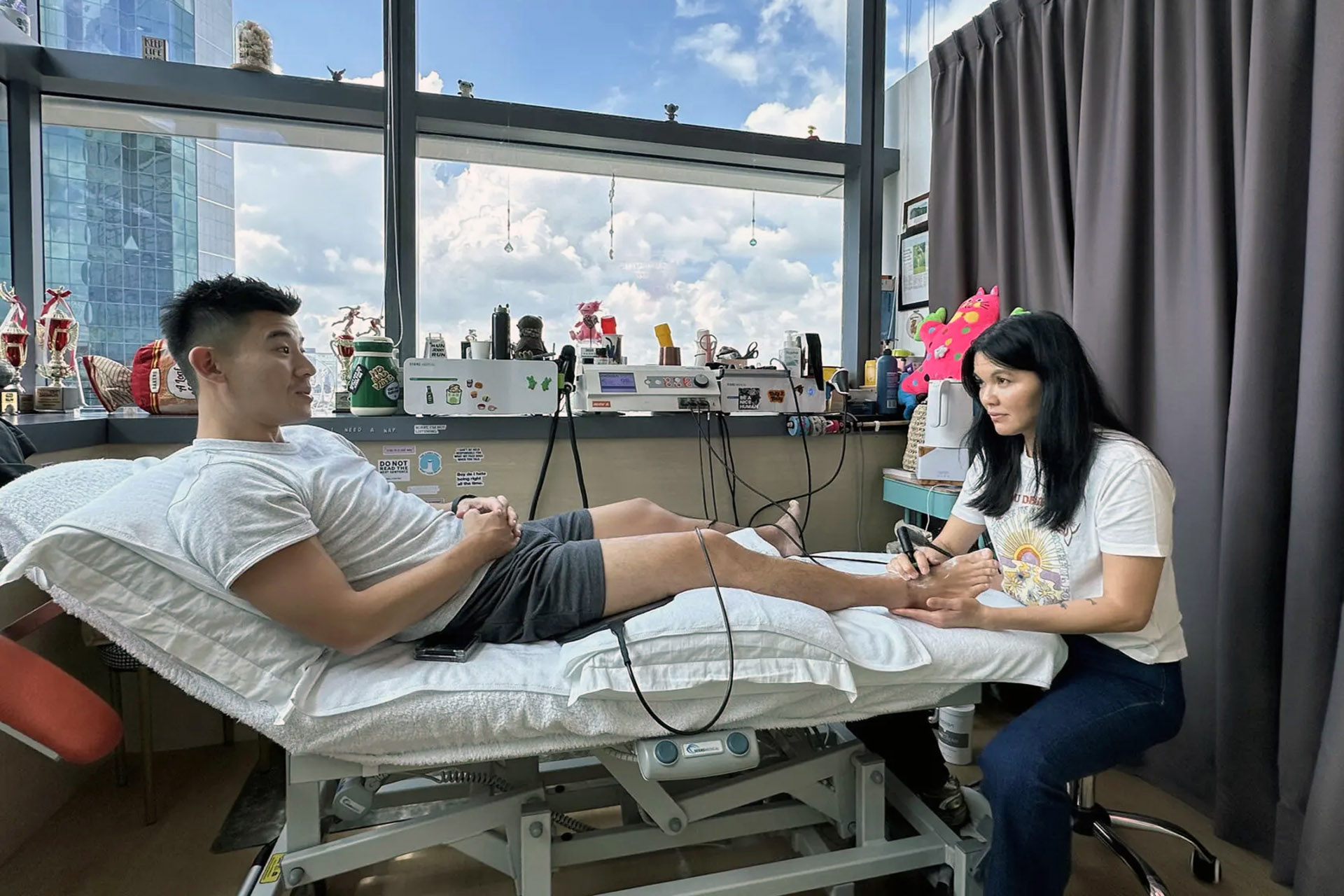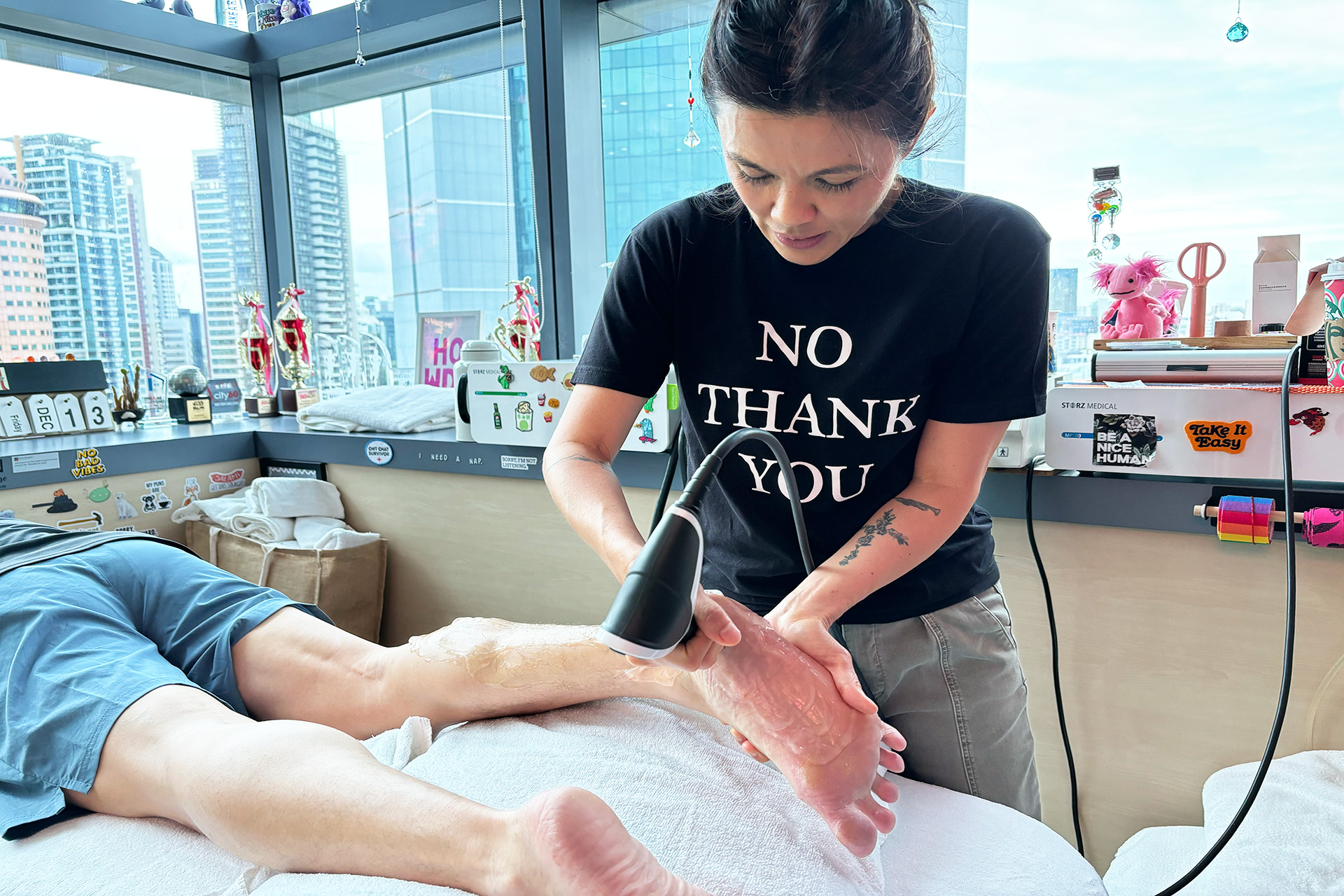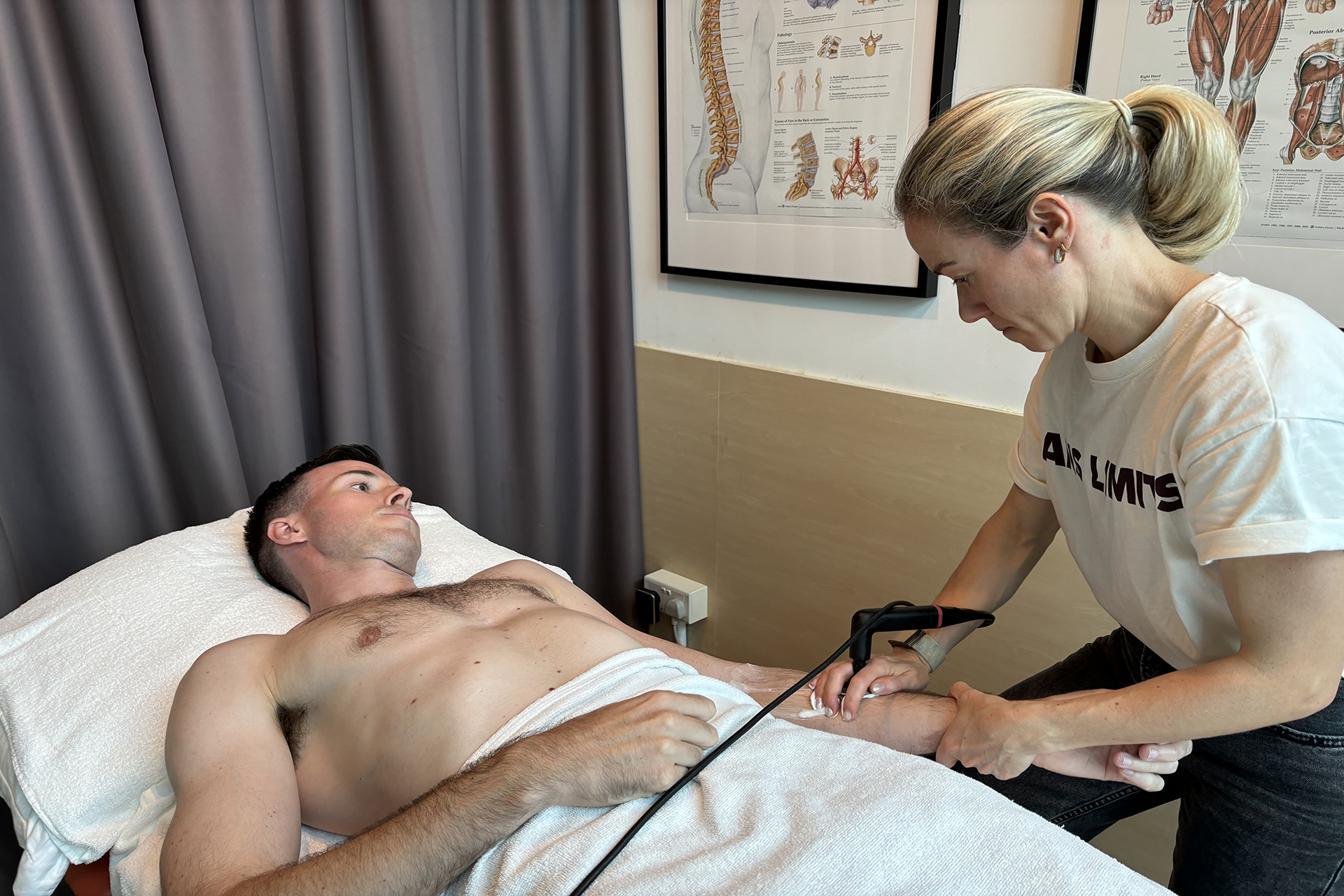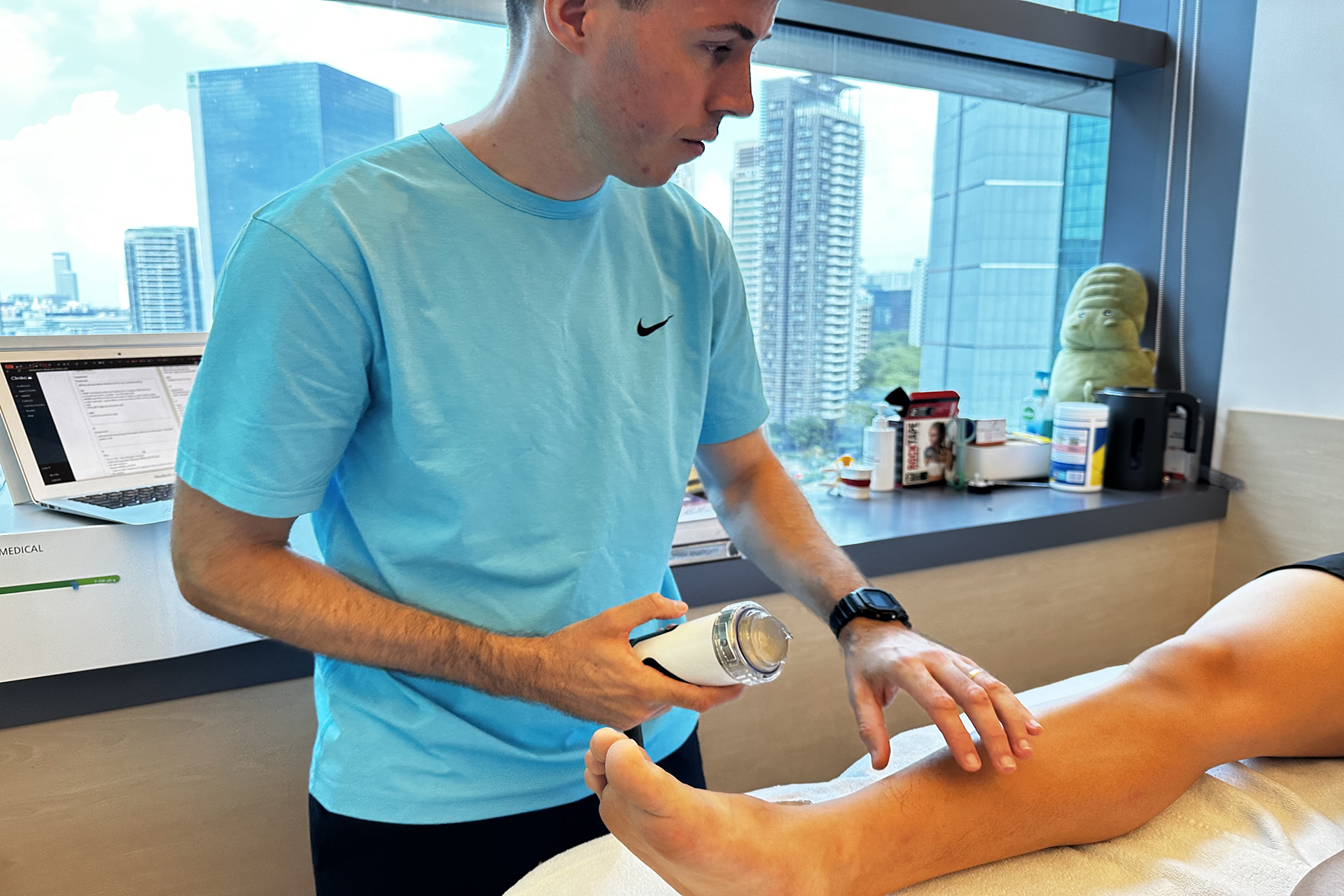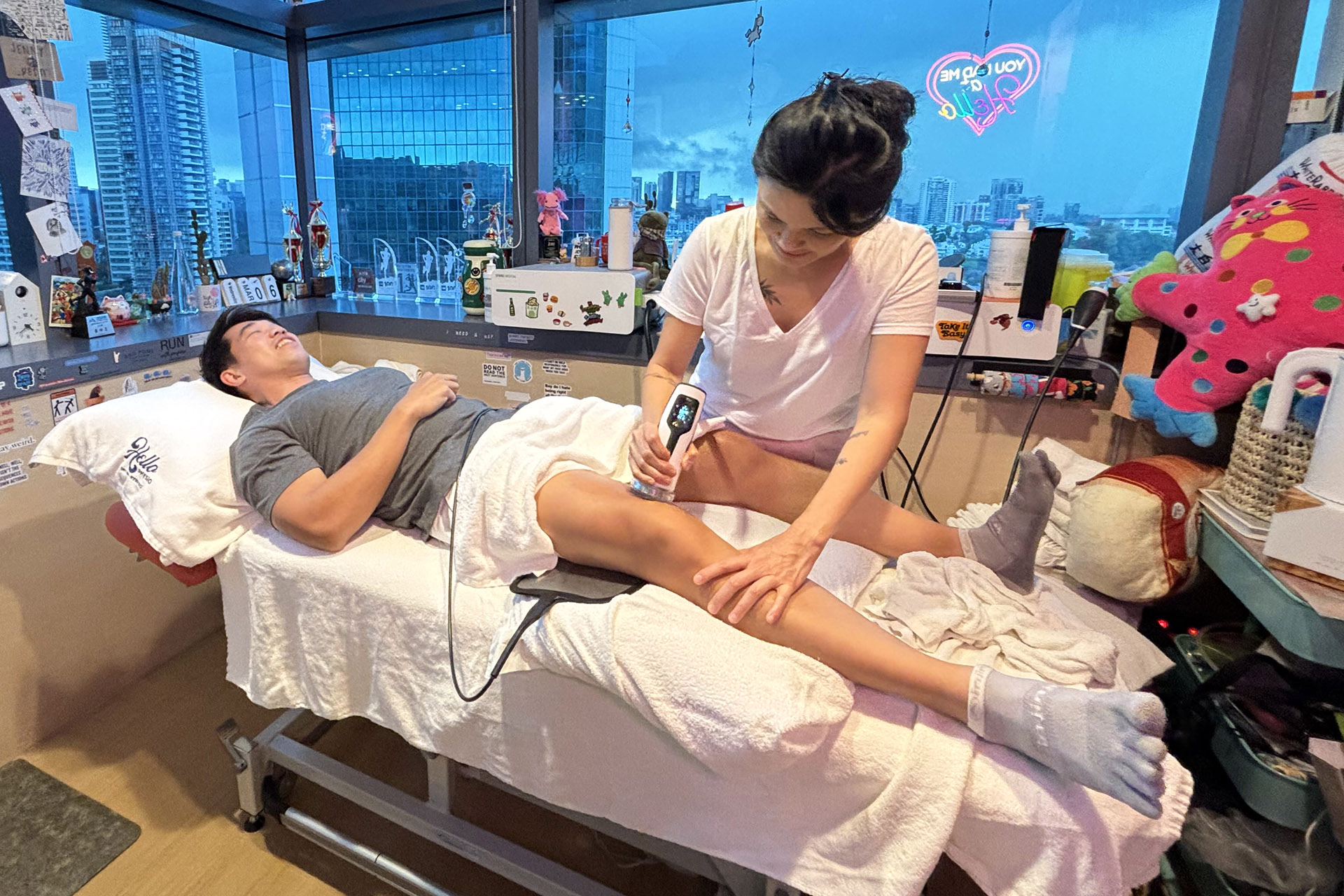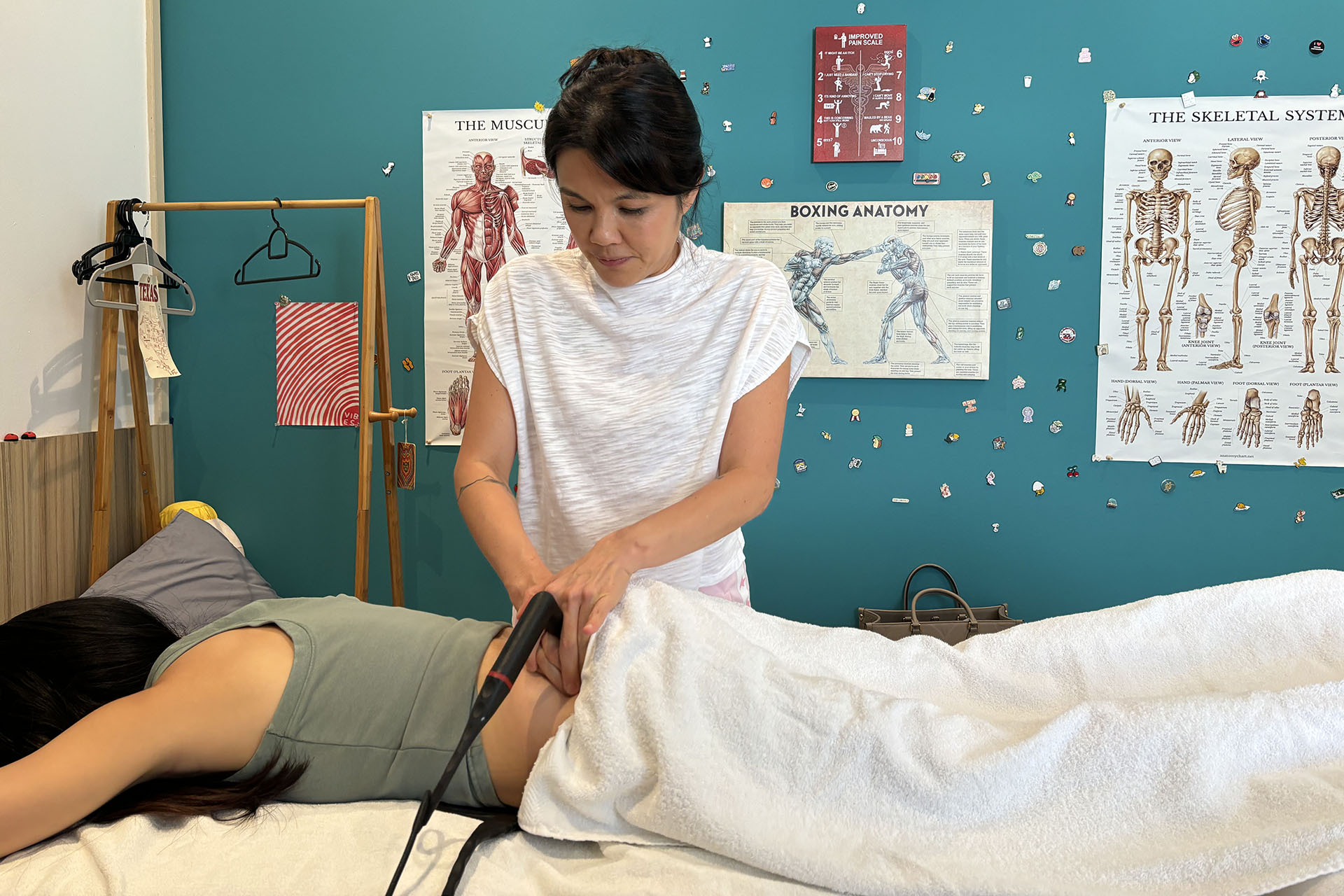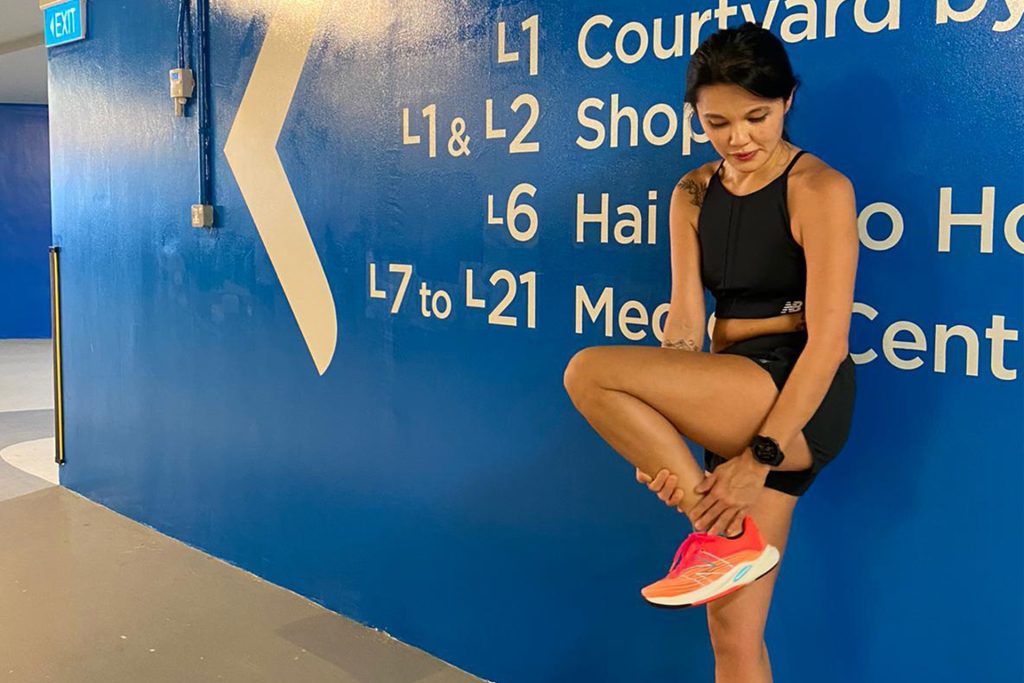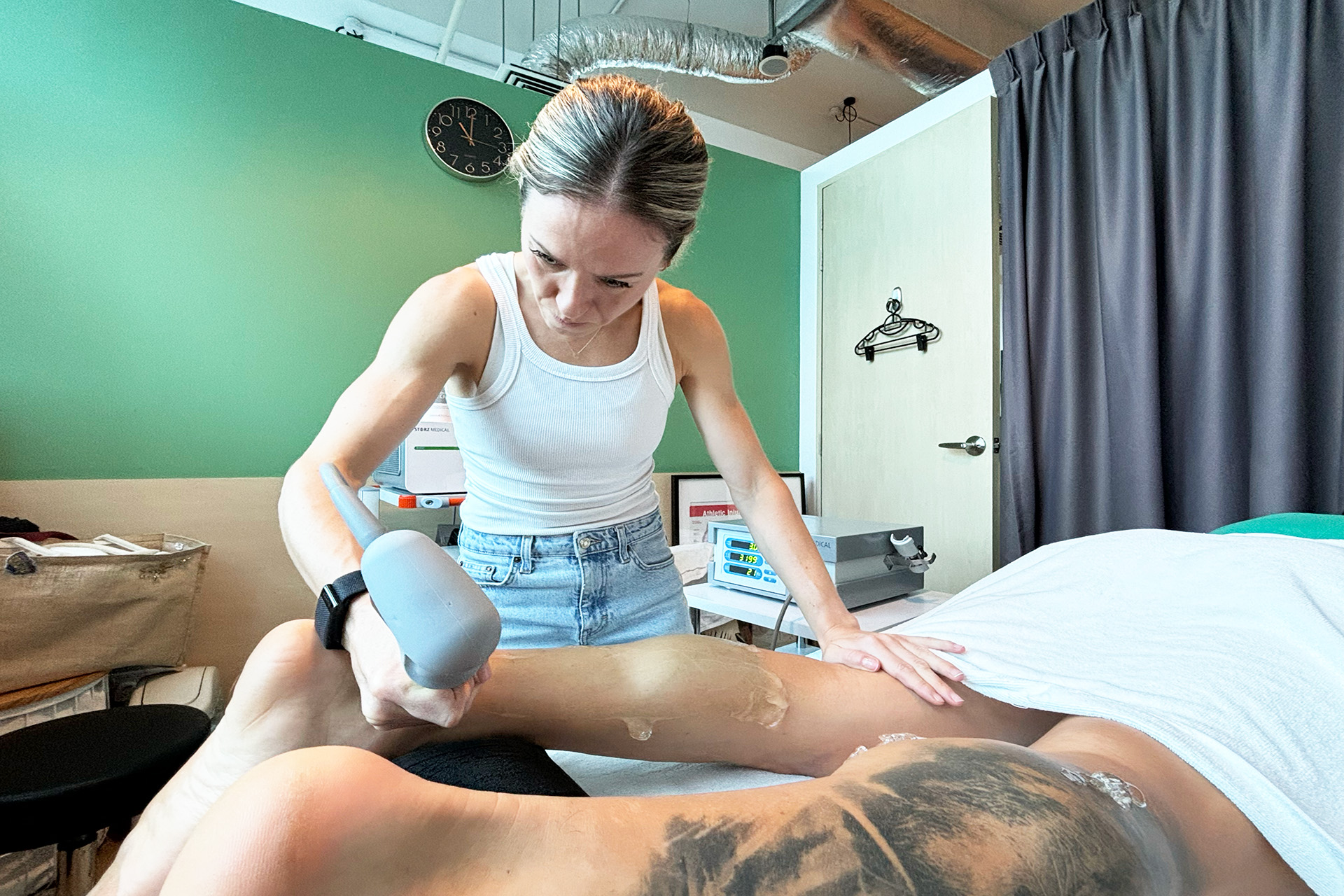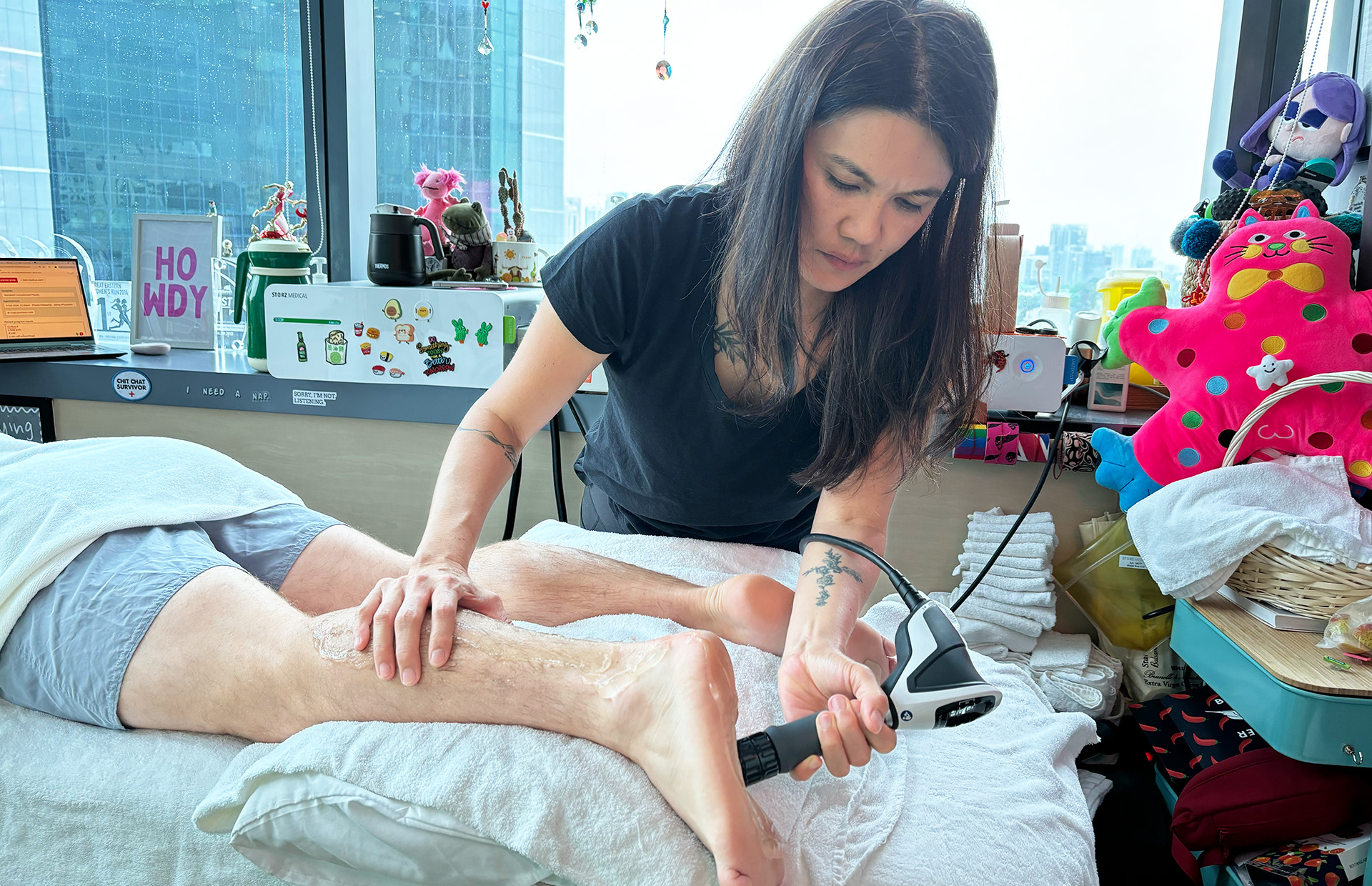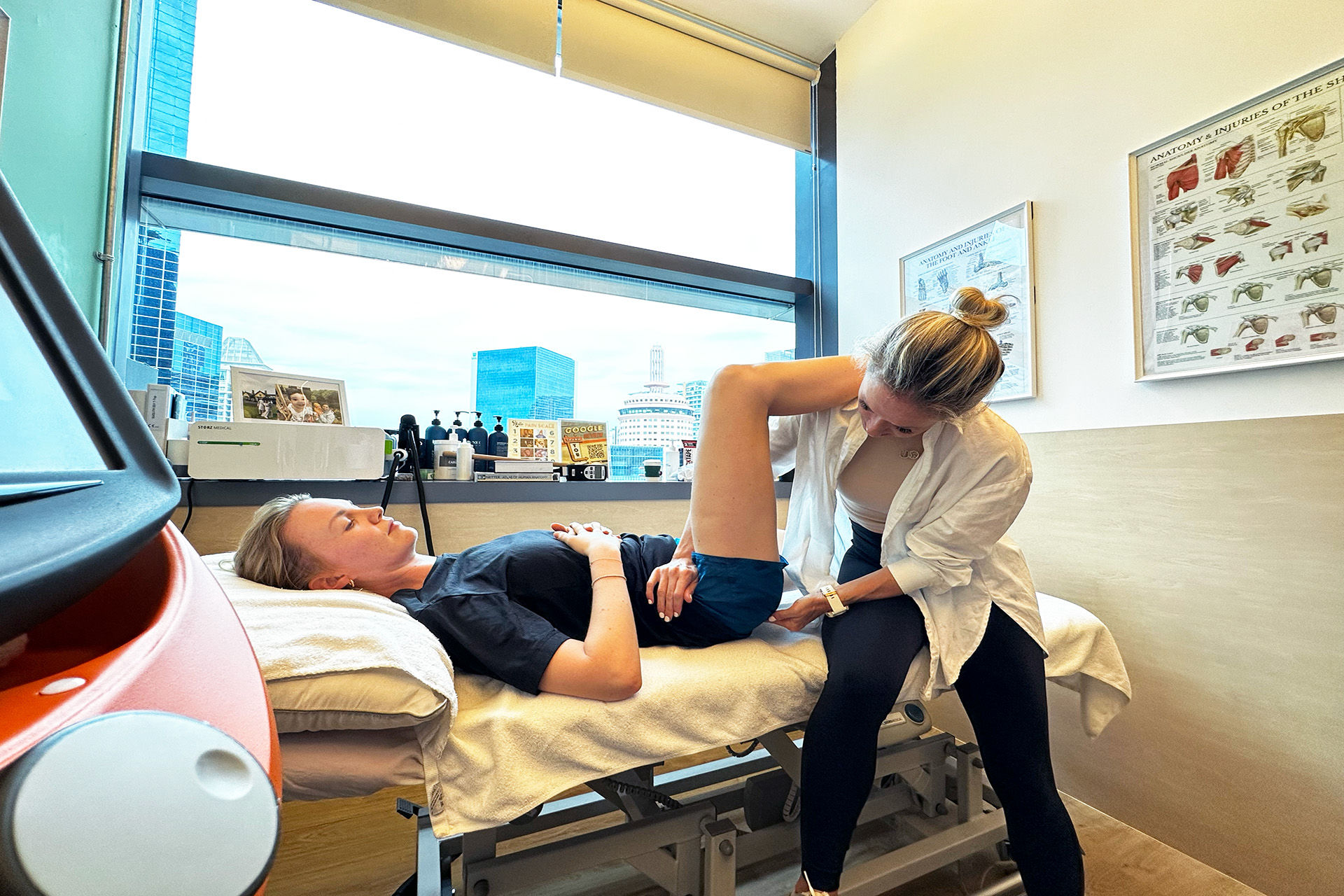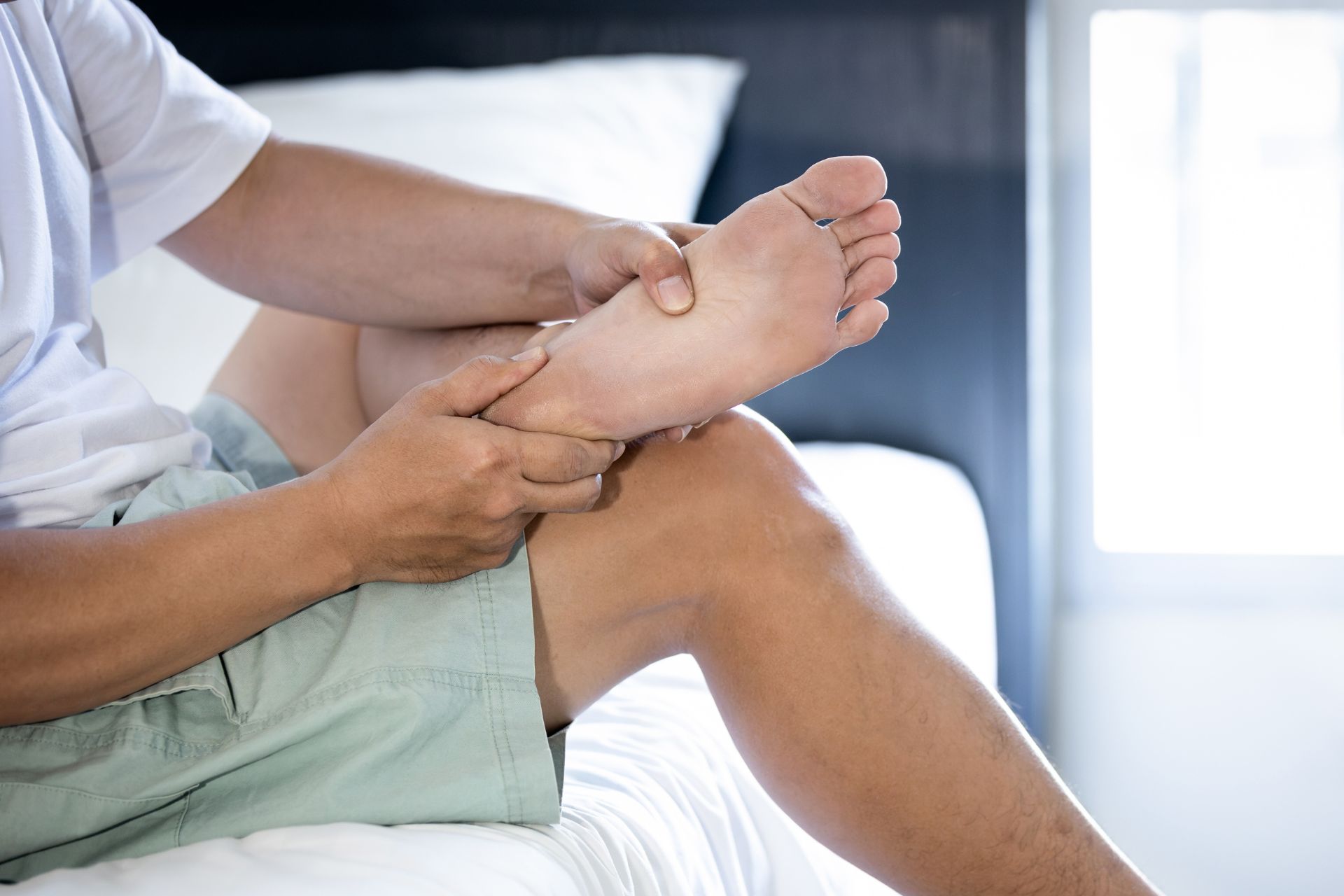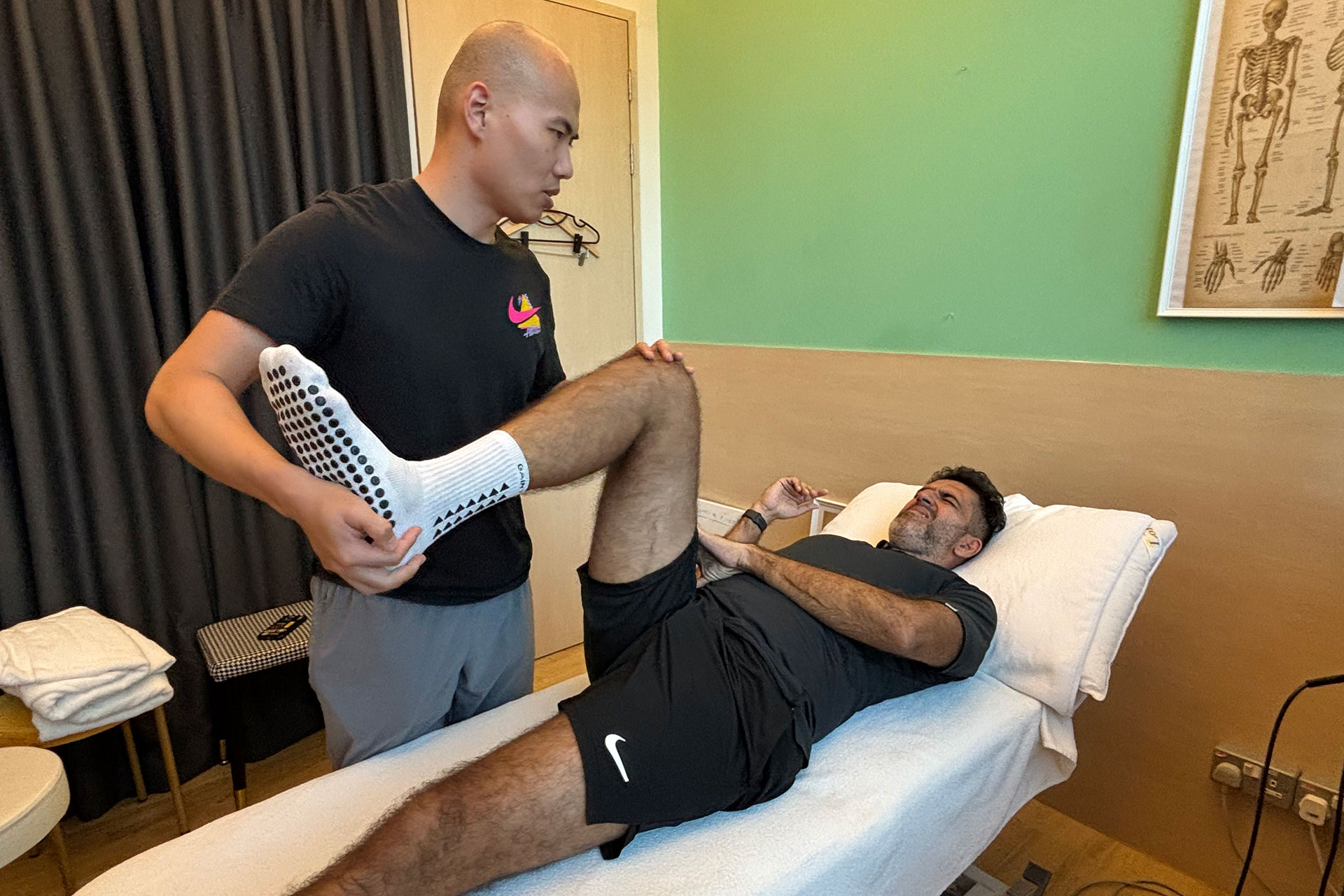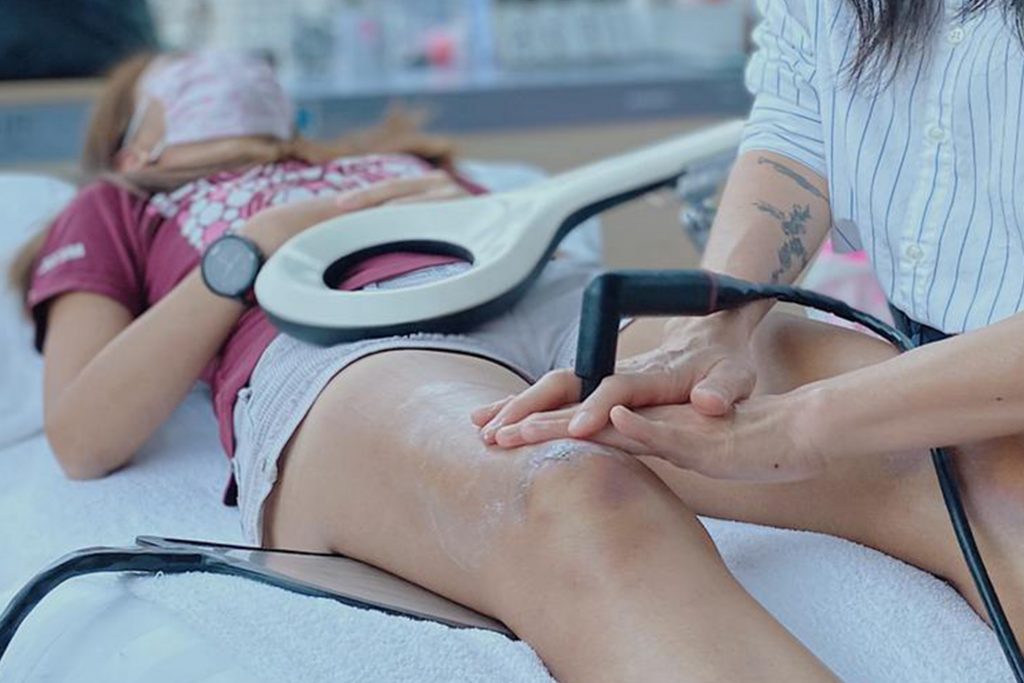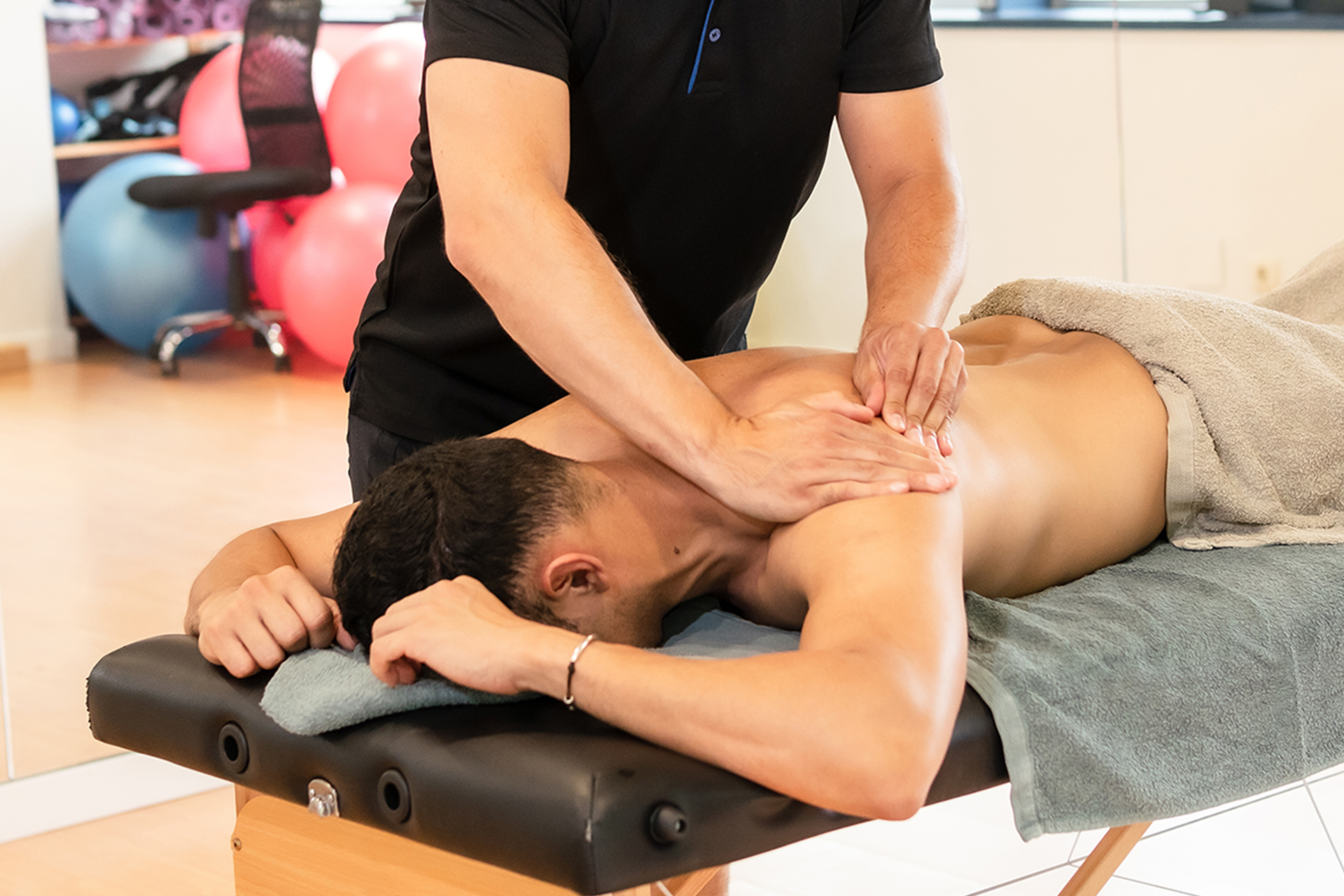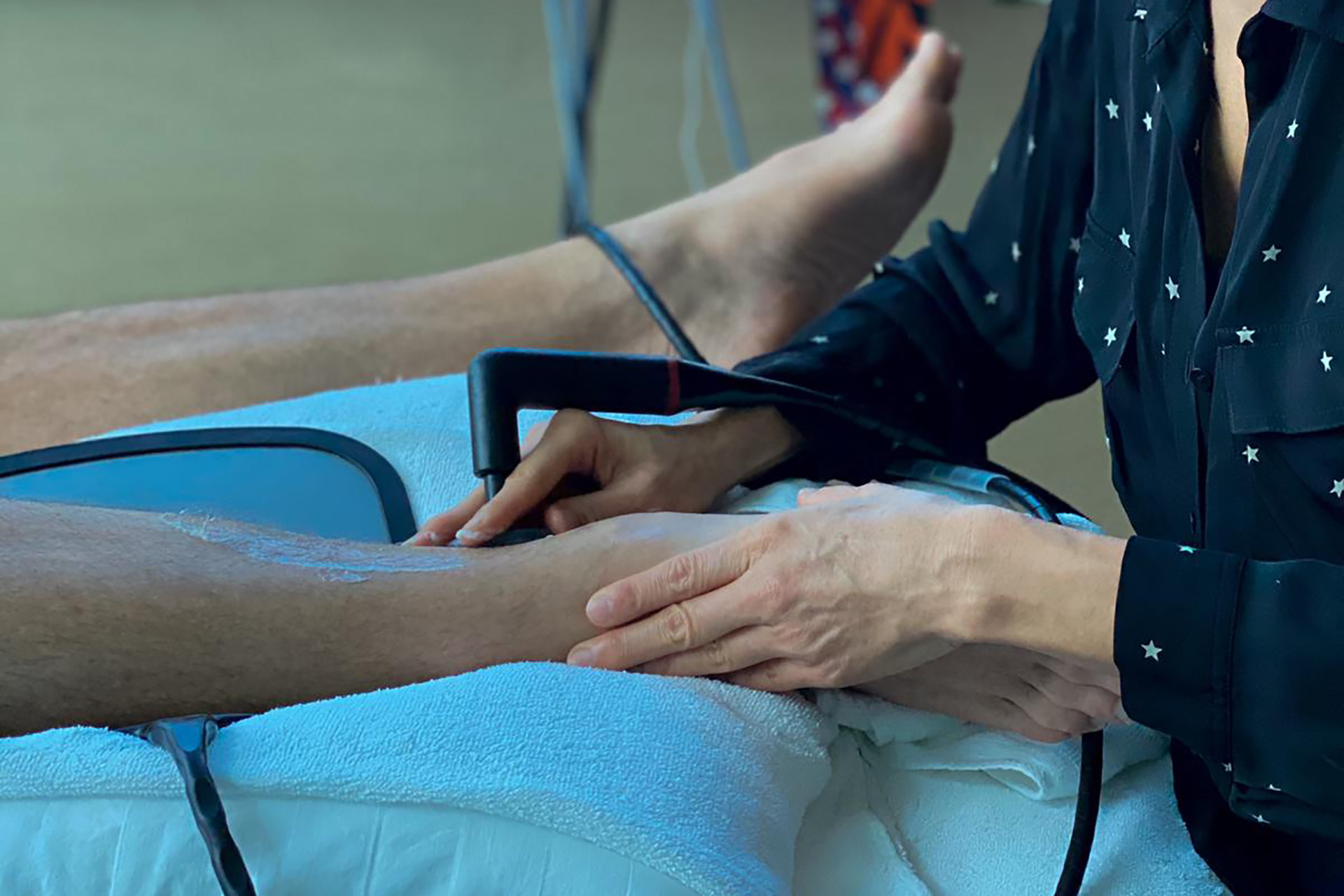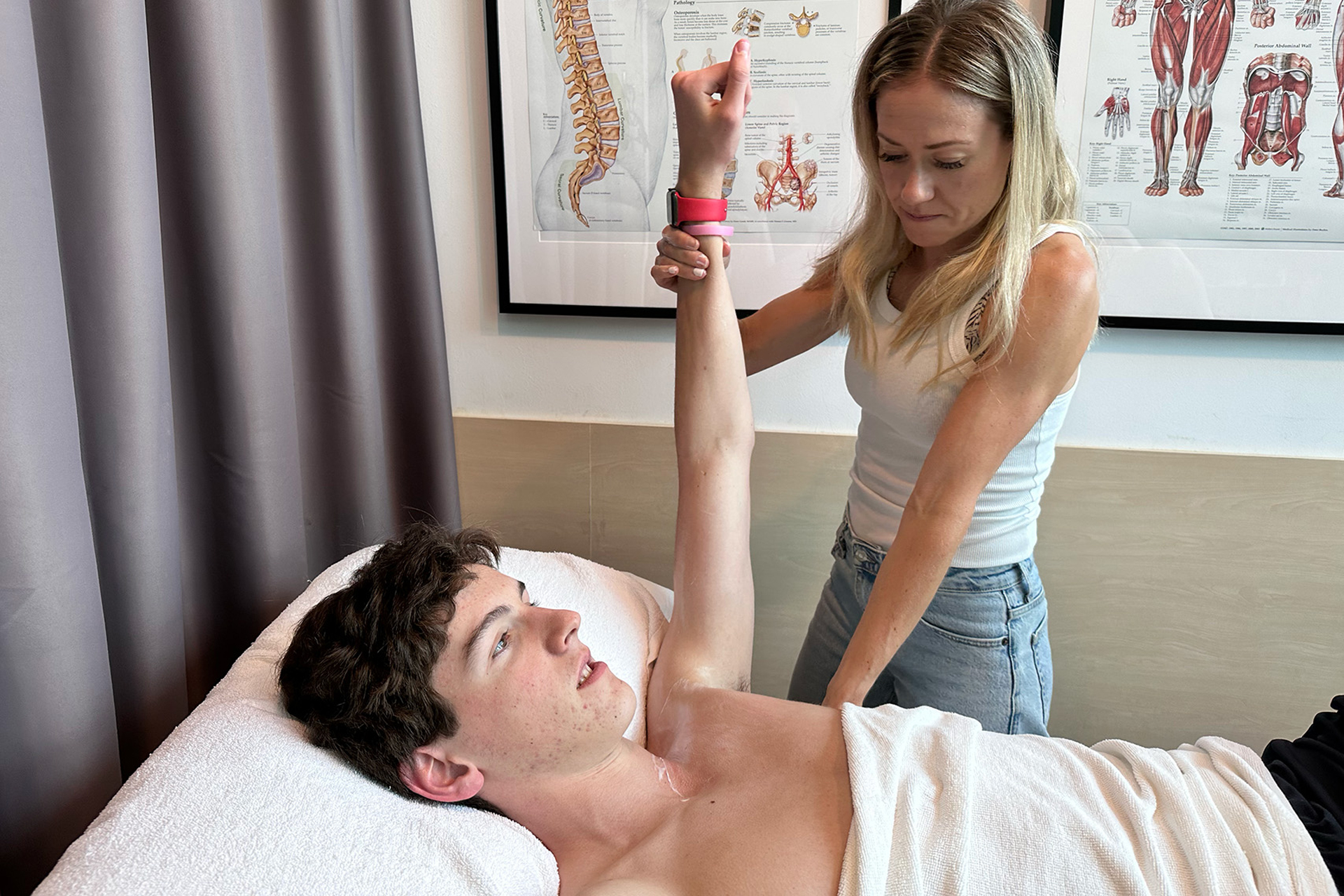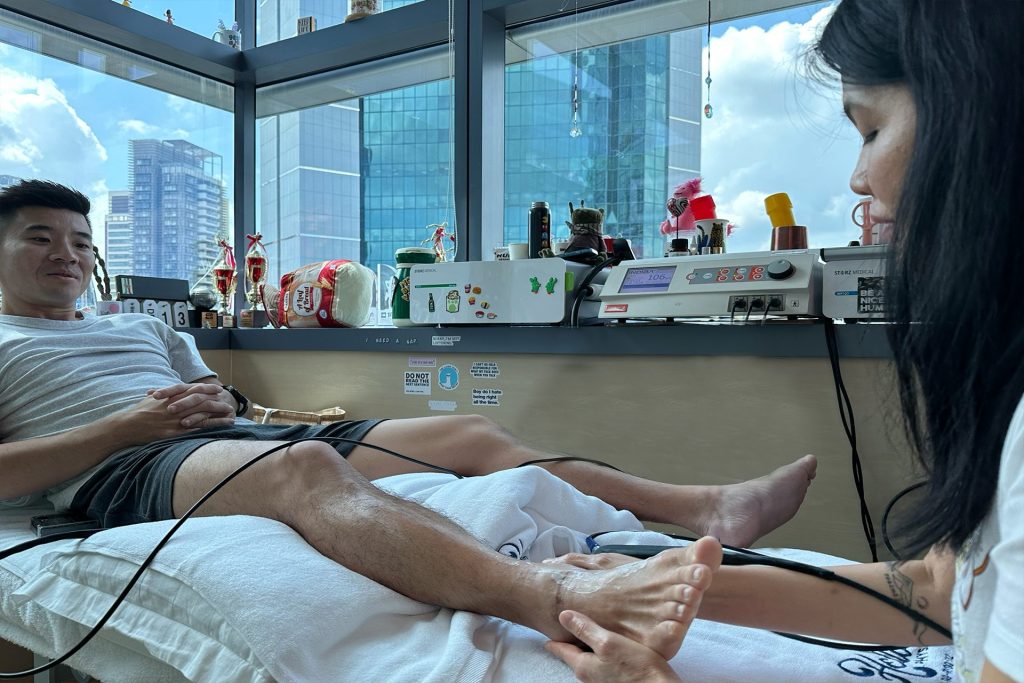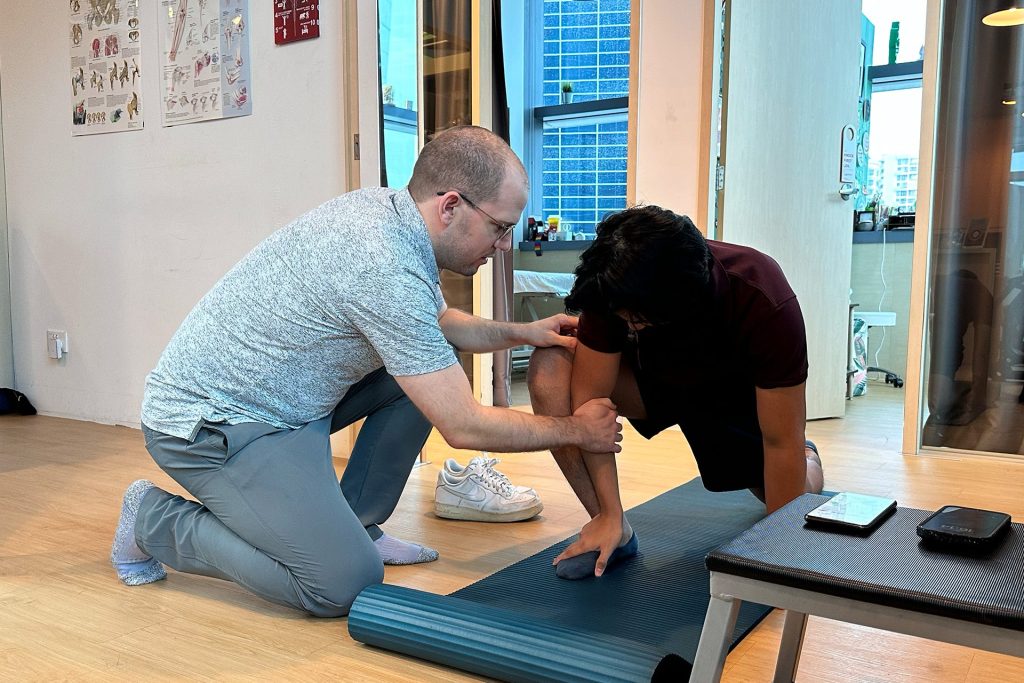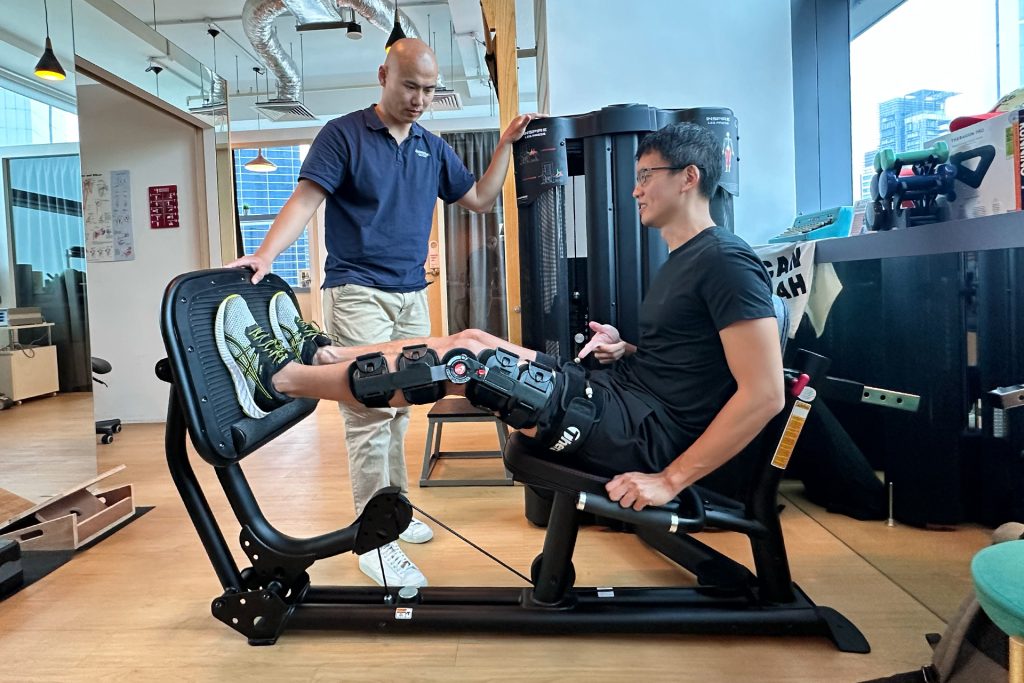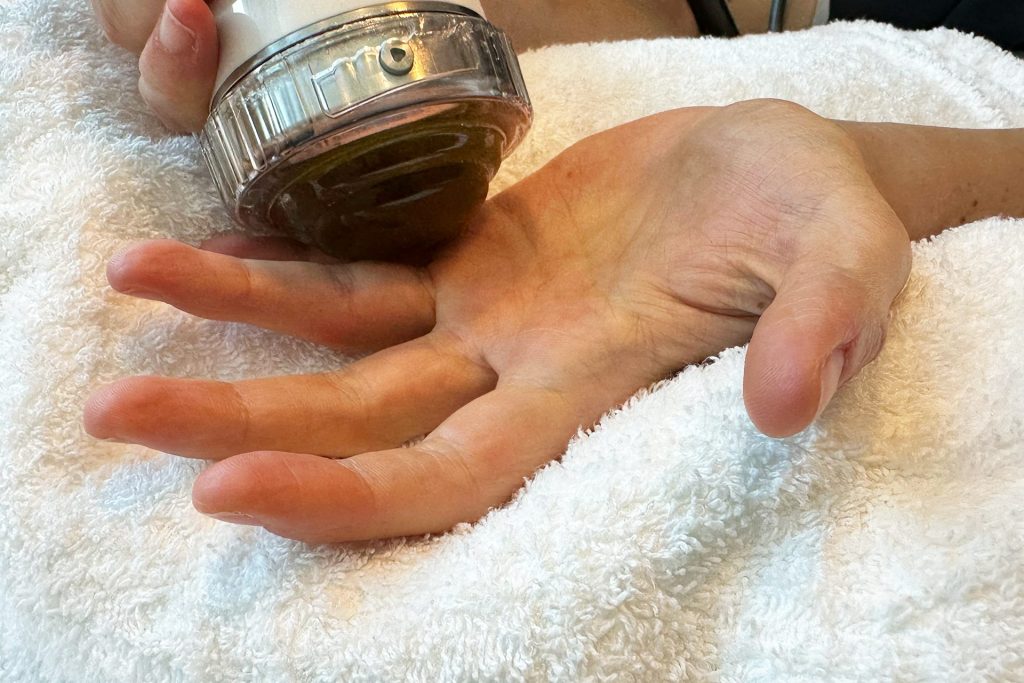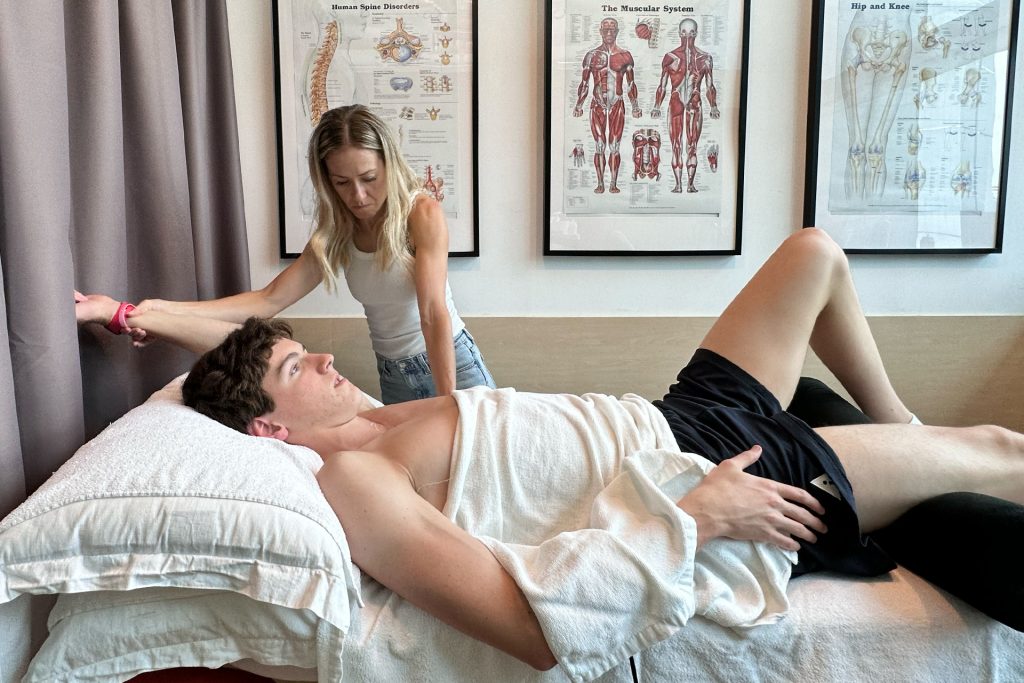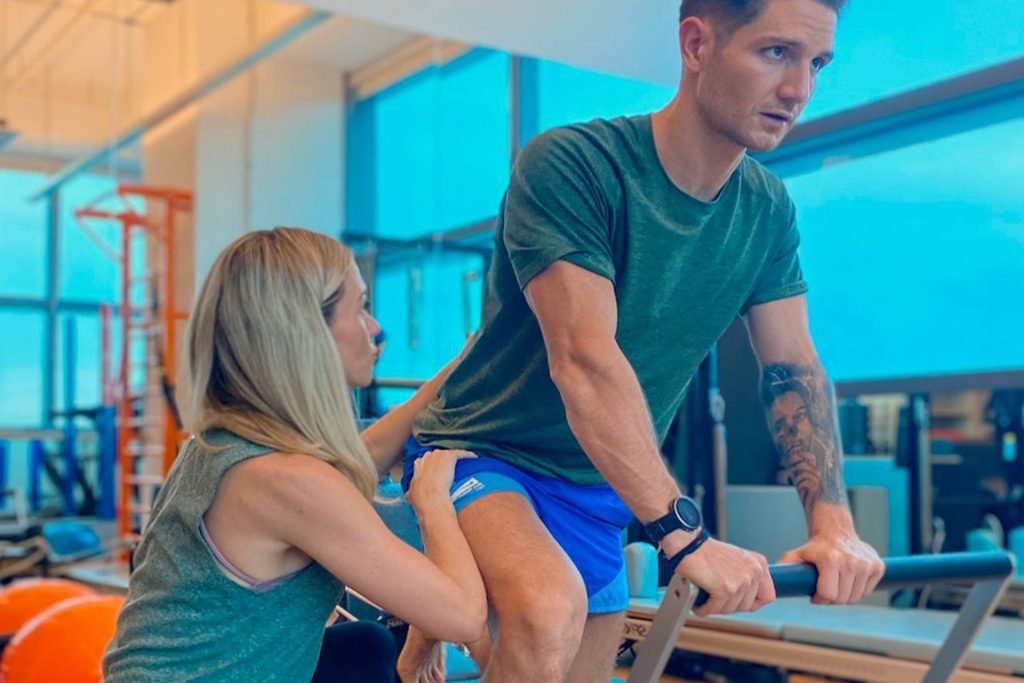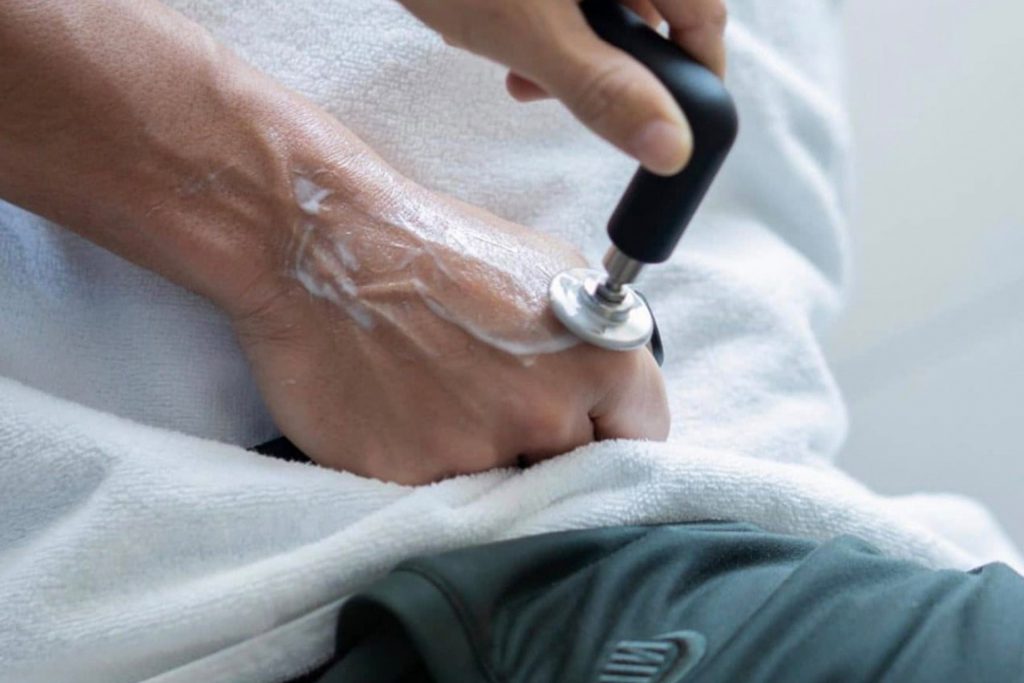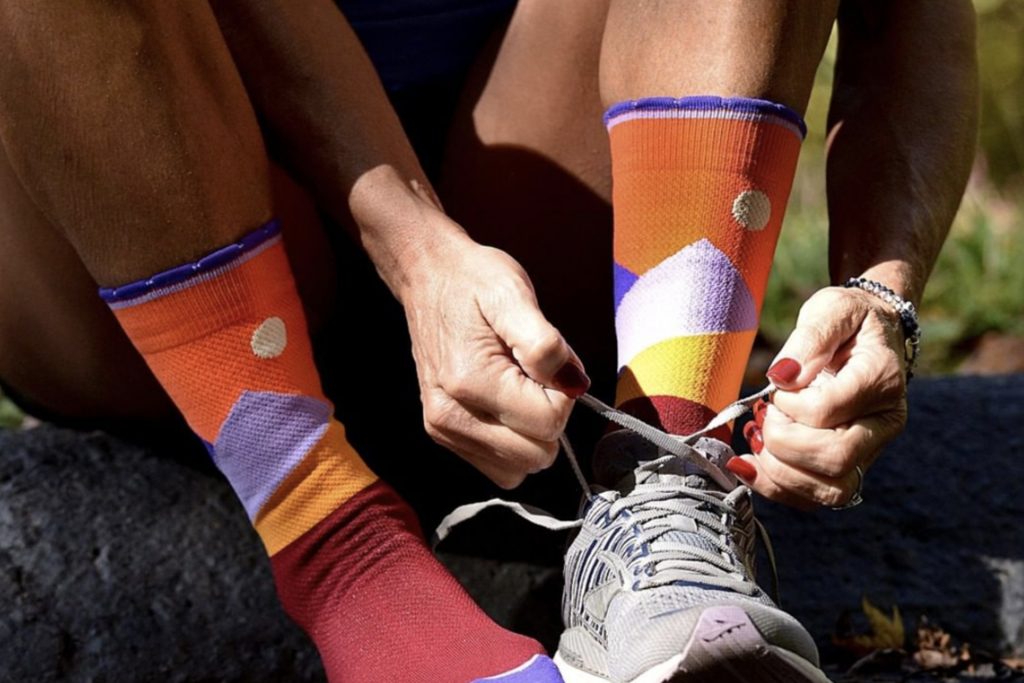Our senior physiotherapist Conor McHugh discusses in an editorial published in the Physiotherapy Practice and Research Journal (ISCP), explaining the science and myths behind orthoses. He also highlights why orthoses work best for foot and ankle injuries versus conditions of the knee, hip or lower back.
How Do Orthoses Work?
The first thing to understand is the nomenclature around insoles. In the research community, we have moved away from calling them orthotics or insoles; orthoses or orthosis are now the preferred terms.
Orthoses work by manipulating how forces are transmitted from the ground to the foot. Newton’s third law of motion states that when a force is applied to an object, there is an equal and opposite reaction applied back to the object that is applying that force. For example, every time we take a step and our foot hits the ground, the ground transmits a force back up to our foot. That force is equal and opposite to the force applied to the ground, by the foot.
What orthoses do is manipulate how these forces are delivered to the tissues of the foot and ankle, to best accommodate your needs.
To give you a real-world example, if you have plantar fasciitis, we can manipulate the shape of the orthoses to minimize the forces going through the most painful part of the plantar fascia – the ligament that connects the heel to the front of your foot, and supports the arch of the foot. As the condition affects people differently, your orthoses for plantar fasciitis will be customized to make sure that it is best suited for your condition. Custom orthoses will reduce pain by redistributing the bulk of the force on the tissues away from the painful area that is trying to heal.
What Conditions Do Orthoses Work for?
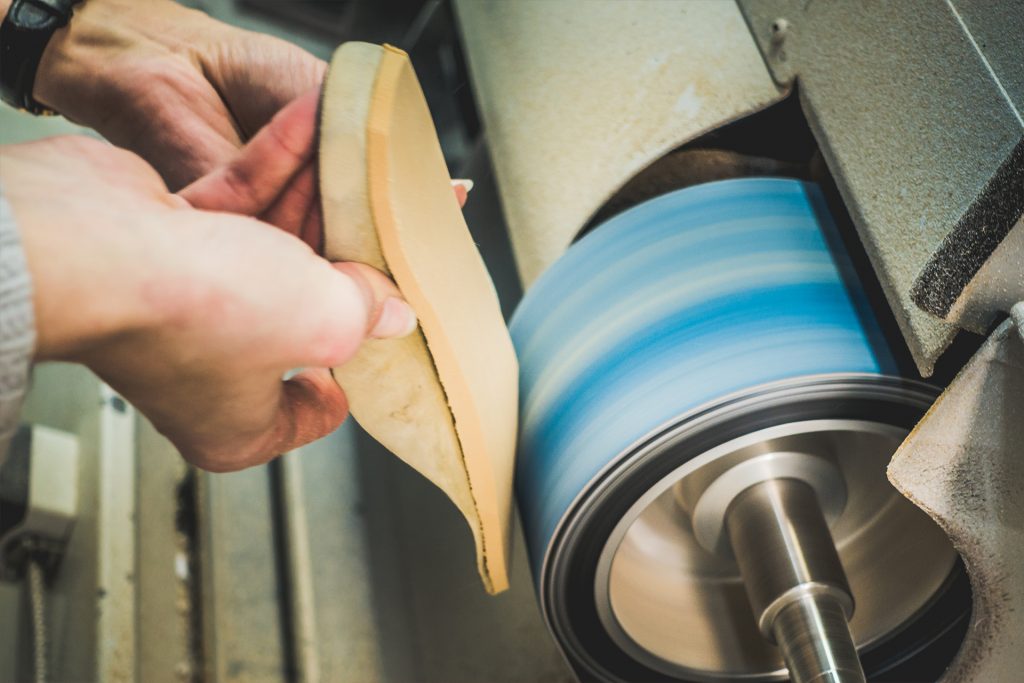
Orthoses work best for foot and ankle injuries. Custom orthoses can target the precise issues within the foot, helping to assist with pain and discomfort, by managing the forces that result from walking/running. They can also help with ankle stability, by ensuring the angle at which your foot touches the ground is optimal for you.
When we go as far as the knee, hip or lower back, the distance from the ground to foot interface is too large. That means orthoses have a negligible effect on injuries or conditions that are above the knee. The most recent systematic reviews and meta-analysis of orthoses support this conclusion. The message here is that though orthoses do not work for knee, hip, or lower back issues, they are extremely useful for foot and ankle problems.
Doubts Surrounding Orthoses
One reason people doubt orthoses is that some publications have shared research comparing custom orthoses to placebo. [1] A placebo is meant to test whether a treatment has no real effect.
However, these studies do not accurately assess the value of custom orthoses shoe inserts, because there is no such thing as a placebo orthosis. As long as there is an insert in the foot, the forces from the ground will be altered. There is no such thing as a sham orthoses therefore when we compare a sham orthoses versus a custom orthoses we are comparing two interventions. This is similar to giving two different quantities of the same drug in a pharmaceutical trial. [2]
Another reason researchers doubt the effects of orthoses is that, though custom orthoses have shown to alleviate symptoms such as pain and discomfort, they don’t always change the kinematics. Kinematics in this context, is how the bones move and articulate with one another during the gait cycle.
Kinetics refers to the forces going through the bones and joints during movement. Research has found that though kinematics may not always change with custom orthoses, there is always a kinetic change. [3] This means that visually (or three dimensionally) the way the bones move may not change when you run or walk, but the forces going through the foot will be altered by the introduction of an orthosis of any kind.
The spectrum of what constitutes a normal foot is huge. The link between a ‘deformity’ (flat foot, high arches, bunions, etc.) and the likelihood of injury is extremely tenuous. Many high level athletes have so called ‘deformities’ but function at a world class level. I would urge you all to Google Usain Bolt’s feet and you will be surprised to see that the fastest man on the planet has bunions! So don’t mess with a foot if it is functioning well for you.
When and why should you use foot orthoses for an injury? We should only use this corrective therapeutic approach for a specific foot and ankle injury and not intervene for preventive purposes.
To read the full paper, visit Physiotherapy Practice and Research.
Sources
[1] McCormick CJ, Bonanno DR, Landorf KB. The effect of customised and sham foot orthoses on plantar pressures. Journal of Foot and Ankle Research. 2013;6(1):19.
[2] Nester CJ, van der Linden ML, Bowker P. Effect of foot orthoses on the kinematics and kinetics of normal walking
gait pattern. Gait & Posture. 2003;17(2):180-7.
[3] Kirby KA, Spooner SK, Scherer PR, Schuberth JM. Foot orthoses. Foot Ankle Spec. 2012;5(5):334-43.

